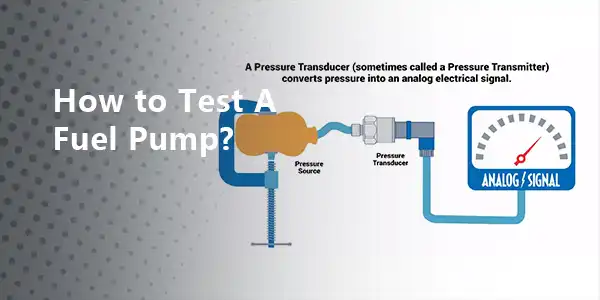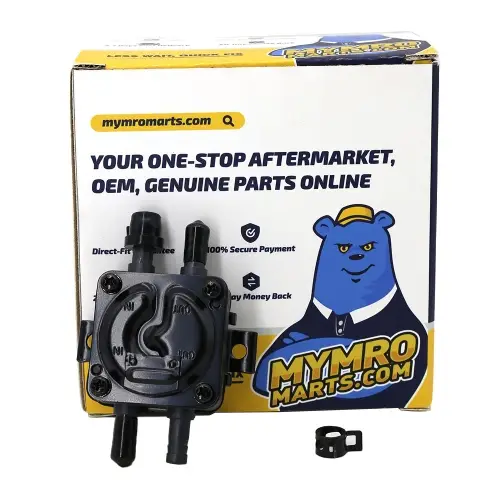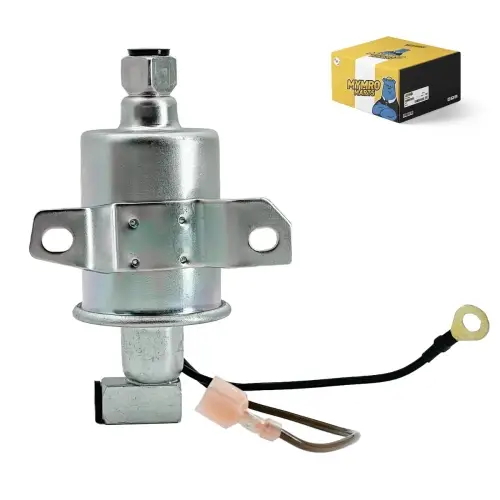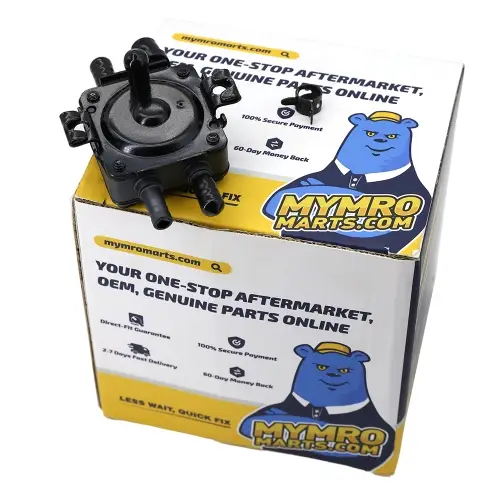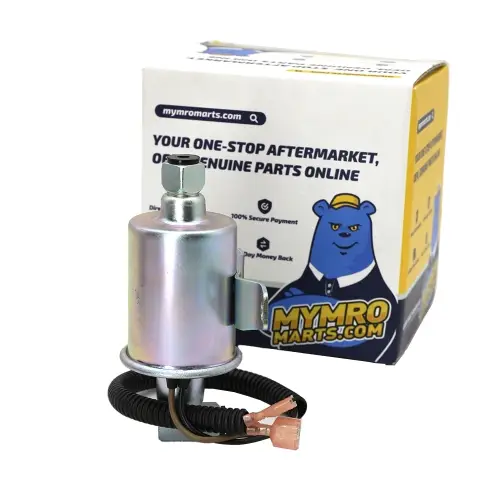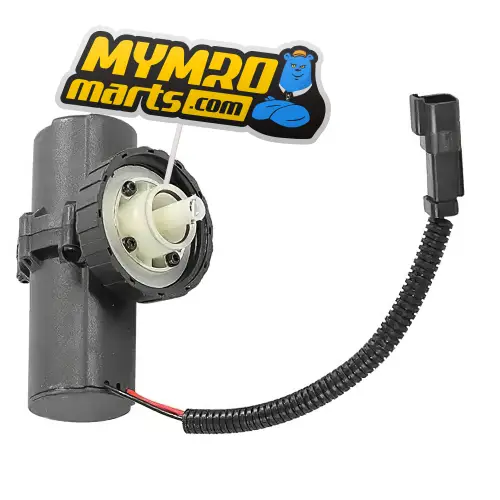How to Test A Fuel Pump?
If your vehicle is experiencing starting issues or poor performance, the fuel pump could be the culprit. Learning how to test the fuel pump can help you diagnose and address the problem. Below are the essential steps to test your fuel pump, including methods using simple tools like a multimeter.
How to Test a Fuel Pump with a Multimeter?
The first step is to verify that the problem is fuel-related. Next, a multimeter can be used for further testing to determine if the fuel pump is the problem.
If the engine won't start:
1. Listen for the fuel pump: Place your ear near the tank and have an assistant turn the ignition key to the "on" position. If the fuel pump is working properly, you should be able to hear a distinct noise.
2. Tap the fuel tank: Let the assistant turn the engine while using a rubber mallet to tap the fuel tank. If the vehicle starts during this process, this usually indicates a problem with the electric motor in the pump. Tapping on the gas tank will temporarily activate the motor, but this is only a temporary solution.
3. Using starting fluid: WARNING: This method may cause personal injury as well as engine damage. Attempt at your own risk and be prepared to use a fire extinguisher and wear safety glasses. Do not use starting fluid on diesel engines. If you decide to try this method, remove the air intake and spray starting fluid into the throttle body while an assistant cranks the engine. If the engine starts and runs temporarily, the problem may be fuel-related, possibly a bad fuel pump. Check the fuel pressure next.
If the engine fails to start or exhibits performance problems:
4. Check for trouble codes: Use a scan tool or code reader to check for diagnostic trouble codes (DTCs). Sometimes a fuel pump malfunction will set a trouble code in the vehicle's computer. These codes may be directly related to the fuel pump or indicate an air/fuel ratio problem. Many auto parts stores will read the codes for free. Even if there is a code, check the fuel pressure as the next step.
5. Check fuel pressure and/or volume: Checking fuel pressure and/or volume can tell you how well fuel is being supplied from the tank to the engine. However, this does not necessarily mean that the fuel pump is bad. Further testing is recommended to rule out fuel pump circuit problems and other issues that may be limiting fuel supply, such as a clogged fuel filter or faulty pressure regulator.
How to Get a Replacement Fuel Pump?
Driving with a faulty fuel pump is a bad idea. This can lead to fuel inefficiency, stalling, and engine damage. If you don't want to pay higher repair costs, it's best to replace your damaged fuel pump as soon as possible. Fortunately, getting a new fuel pump is quick and easy at MyMROmarts.
MyMROmarts offers a wide selection of fuel pumps with numerous models of fuel pump for sale from the most trusted manufacturers in the industry. To make browsing even easier, be sure to use our website and search filters so you can see all available parts that fit your equipment. Happily, MyMROmarts also guarantees fast shipping. Thanks to our well-located warehouses across the United States, you can expect your new fuel pump to arrive quickly.
Don't wait until a faulty fuel pump damages other parts of your engine before replacing it. Check out our catalog of high-quality fuel pumps on MyMROmarts and place your order today!
How to Replace a Fuel Pump?
1. Preparation: Make sure you have enough tools and safety equipment, including safety glasses and a fire extinguisher. First, relieve the pressure on the fuel system. Follow the steps in the service manual to avoid dangerous fuel spray.
2. Remove the old fuel pump: Locate the fuel pump, usually in or above the gas tank. Disconnect the battery for safety, then remove all connections and fixtures associated with the fuel pump. Carefully remove the old fuel pump.
3. Install the new fuel pump: Install the new fuel pump in place and reconnect all electrical and fuel lines. Make sure all connections are tight and secure. Then, reconnect the battery, start the engine, and check for proper operation and no oil leaks.
Replacing a fuel pump requires some mechanical knowledge and skill, so if you're unsure, seek the help of a professional mechanic. Whether you do it yourself or seek help, replacing a damaged fuel pump promptly is an important step in keeping your vehicle running properly.
 Track Your Order
Track Your Order




